Understanding Optical Windows: Transparent Elements in Optical Systems
Created at : Jan 05 2024
Optical windows are transparent components or elements that are designed to allow the passage of light while protecting optical systems from environmental elements. These windows are commonly used in various optical applications to transmit specific wavelengths of light and provide a barrier against dust, moisture, and other contaminants.
Key characteristics of optical windows include:
- Material: Optical windows can be made from a variety of materials, such as glass, quartz, sapphire, and optical plastics. The choice of material depends on factors like the required optical properties, environmental conditions, and cost considerations.
- Transparency: Optical windows are highly transparent to certain wavelengths of light, allowing them to be used in optical systems without significantly affecting the transmission of light.
- Surface Quality: The surface quality of optical windows is crucial for maintaining optical performance. High-quality surfaces are essential to minimize scattering and distortion of light passing through the window.
- Coatings: Some optical windows may have coatings applied to enhance their performance, such as anti-reflective coatings to reduce reflection and improve transmission.
- Thickness: The thickness of an optical window can influence its mechanical strength and optical properties. Thicker windows may offer better durability but could affect the transmission of certain wavelengths.
Optical windows find applications in a wide range of industries, including laser systems, cameras, telescopes, microscopes, and various scientific instruments. They play a critical role in allowing light to pass through while protecting sensitive optical components from the surrounding environment.

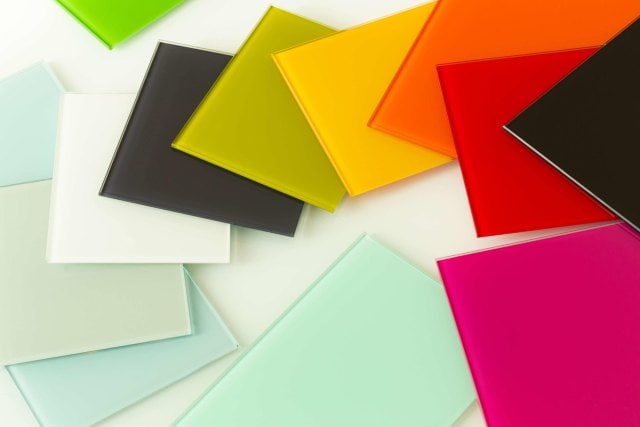 CUSTOM OPTICAL FILTERS
CUSTOM OPTICAL FILTERS
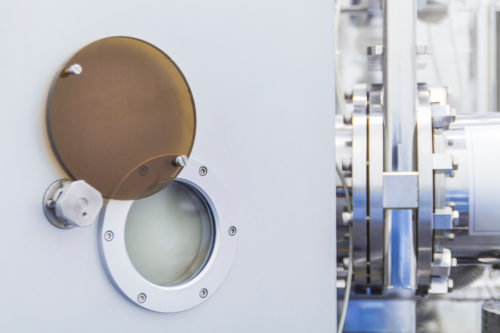 OPTICAL WINDOWS
OPTICAL WINDOWS
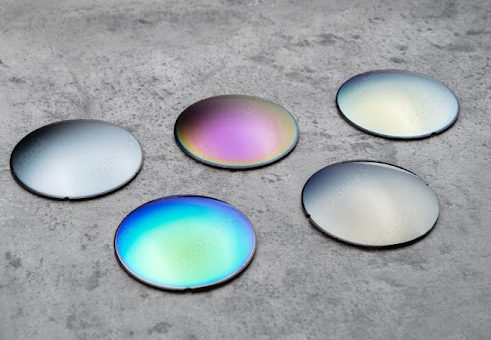 OPTICAL COATINGS
OPTICAL COATINGS
 UV OPTICS
UV OPTICS
 CYLINDRICAL OPTICS
CYLINDRICAL OPTICS
 CUSTOM TEMPERED OPTICS
CUSTOM TEMPERED OPTICS
 OPTICAL MIRRORS
OPTICAL MIRRORS
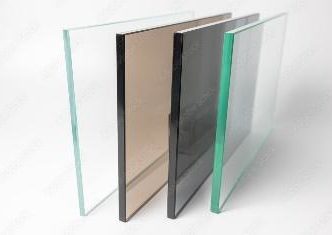 NEUTRAL DENSITY
NEUTRAL DENSITY
 PRISMS & RETROREFLECTORS
PRISMS & RETROREFLECTORS
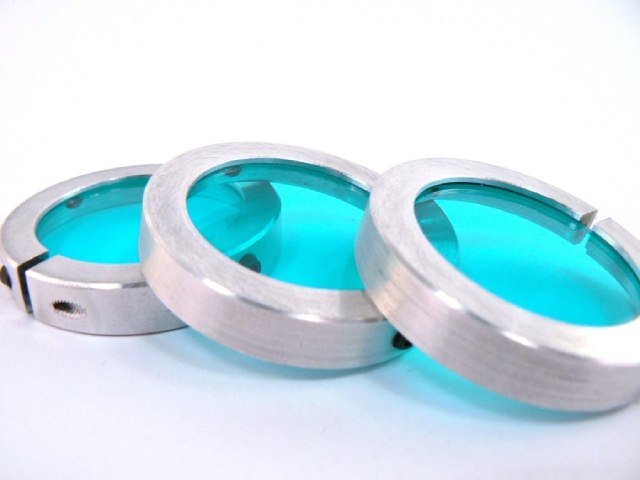 ASSEMBLIES
ASSEMBLIES
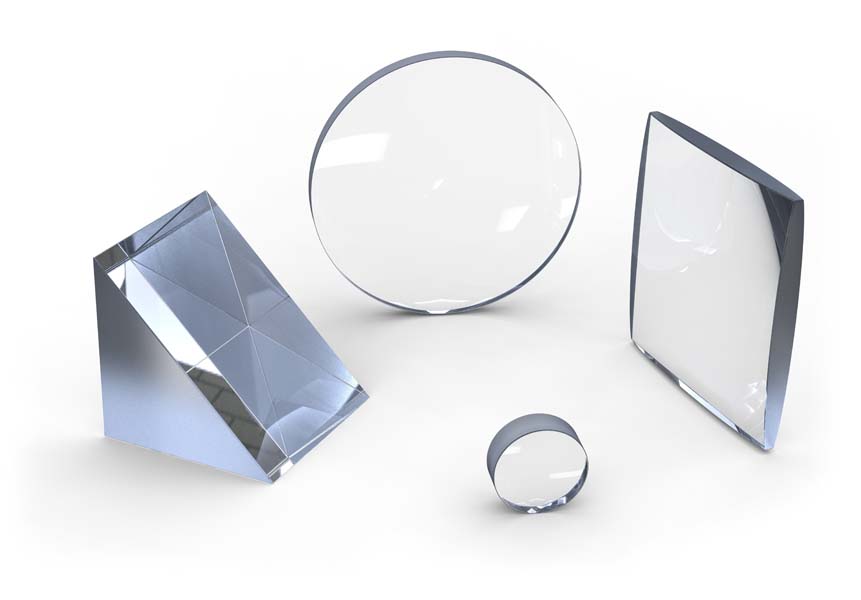 OPTICAL LENSES
OPTICAL LENSES
 NIGHT VISION FILTERS
NIGHT VISION FILTERS
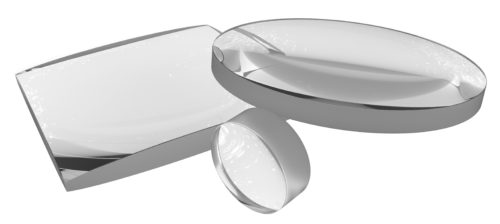 ACHROMATIC LENSES
ACHROMATIC LENSES
 OPTICAL BEAM SPLITTERS
OPTICAL BEAM SPLITTERS
